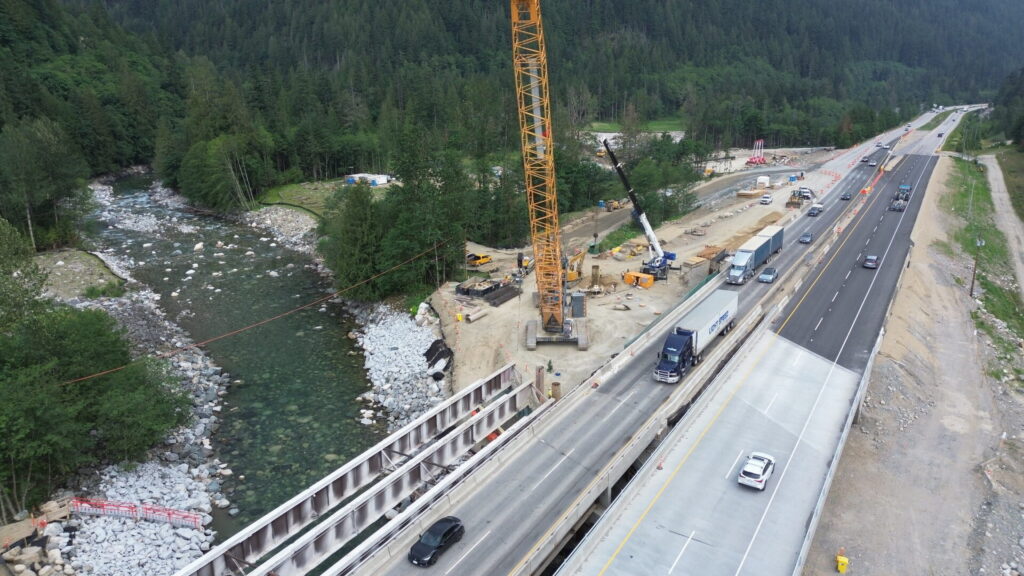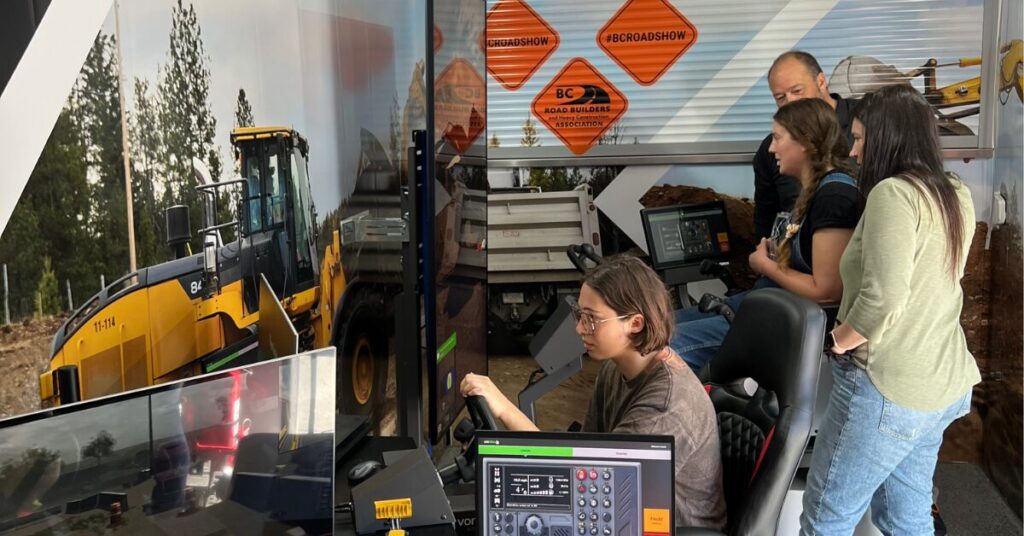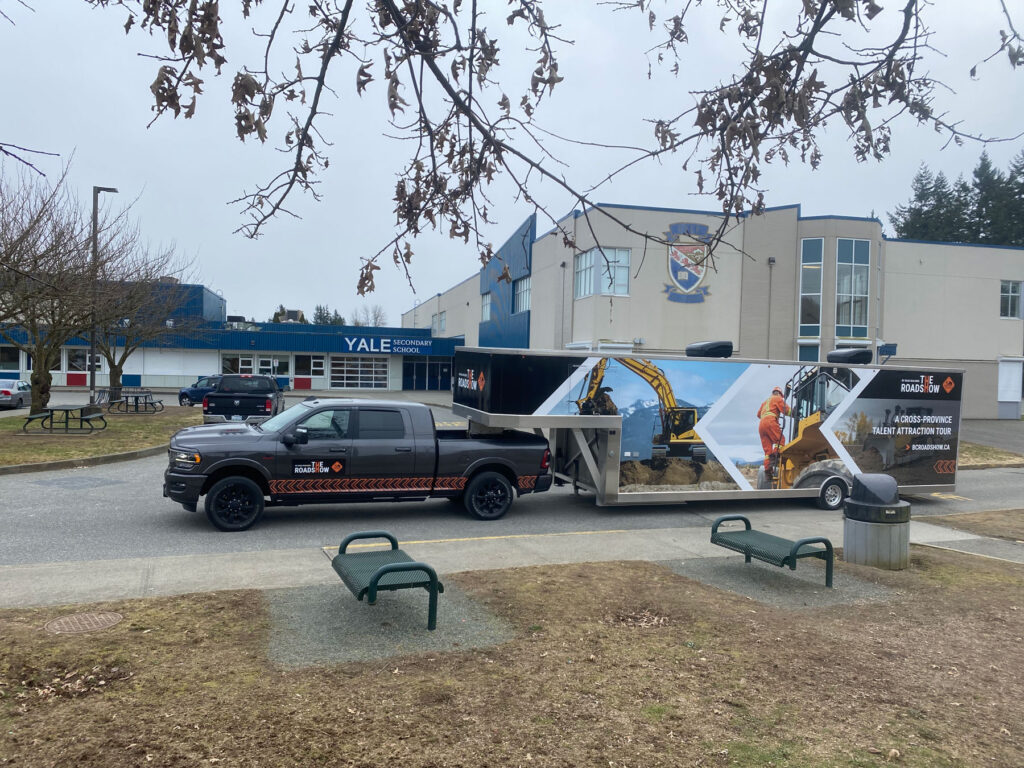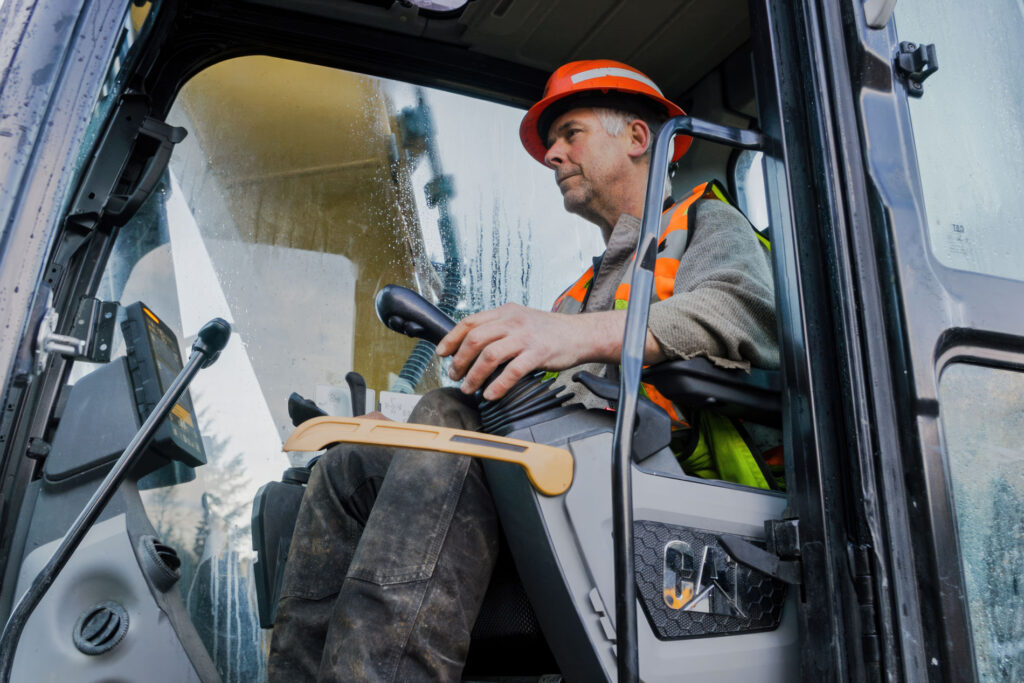For many residents who live in southern British Columbia, the flooding caused by an unprecedented storm in November 2021 remains a vivid memory. The storm caused widespread damage to critical transportation corridors in British Columbia, and this storm holds special significance for the British Columbia Road Builders and Heavy Construction Association. To this day, the aftermath of this storm resulted in one of the association’s most impressive accomplishments: repairing and re-opening one of B.C.’s key supply chain corridors in just 35 days.
Watch: Remembering BC’s 2021 Flooding Event and the Road to Recovery
With flooding and washouts wreaking havoc on Highway 5 (also known as the Coquihalla), action was needed to restore this vital connection between B.C.’s Interior to the Lower Mainland. The Coquihalla is a major conduit for essential goods and services, acting as a vital connection for three major routes headed north on Highway 1, 3, and 5. More than 20 sites along 130 kilometres of the Coquihalla were damaged between Hope and Merritt, including seven bridges where spans collapsed or were heavily damaged.
With so many communities and the delivery of essential goods relying on the rapid repair of the highway, road maintenance crews and the Ministry of Transportation and Infrastructure collaborated to work as quickly as possible. Crews worked day and night for more than a month to open the highway in record time, ensuring that critical infrastructure was ready for essential traffic before the holidays.
“Our first reaction was disbelief,” said Kelly Scott, President, BCRB&HCA. “We were all trying to understand the magnitude of it. No one knew the scope of what had happened, and once we had a sense of the scope it hit us all really hard. The atmospheric river put conditions on our roads and bridges that we’d never seen before.”
With communities cut off from the rest of the province and the delivery of essential goods disrupted, construction crews faced the challenge of repairing the immense damage through some of the least hospitable conditions for road works. Emil Anderson Maintenance and Yellowhead Road and Bridge, the road maintenance contractors that maintain Highway 5, led the restoration work with the support of over forty local BC companies and Indigenous businesses subcontracted to assist the repairs. Kiewet also had 200 people already in the area, working on another project, who made significant contributions to the emergency response and rebuilding efforts.
“Our member companies rose to the challenge despite an incredible set of circumstances, and pulled off the unthinkable given the scope of repairs,” said Scott. “This success story is a showcase for our members’ fortitude and dedication, as well as a reminder of the benefits displayed by strong partnerships.”
Permanent repairs to the Coquihalla were finished in late 2023 and feature six new climate-resilient bridges, with BCRB construction members and MOTI working hand-in-hand via an Alliance model. And while this construction is complete, there remains work to be done to ensure that infrastructure across the province is also built for what the future holds.
Cue the RoadShow. Whether it’s rebuilding collapsed bridges or ensuring that key highway corridors remain clear of snow, there is a clear need for skilled workers to work within the industry and ensure the flow of goods and people across British Columbia.
“The impact of climate change on infrastructure in British Columbia in recent years has been profound,” said Scott. “It’s demonstrated that now is the time to invest in climate resilient transportation infrastructure throughout B.C., to meet our needs today and prepare for what the future holds. That’s why programs like The RoadShow will be critical, so that we fill key roles that maintain the infrastructure that is the backbone of this province.”




